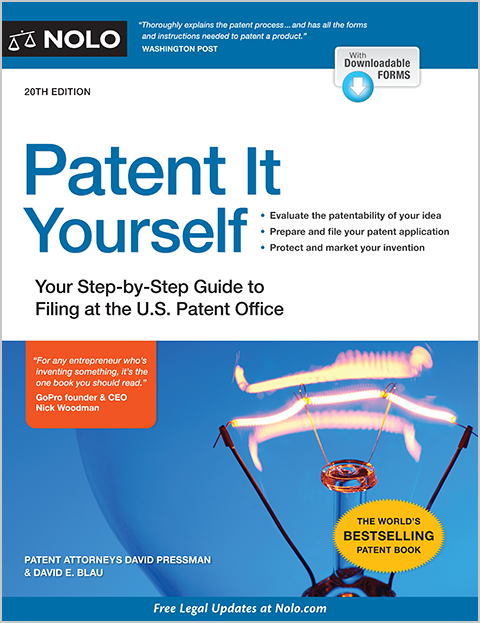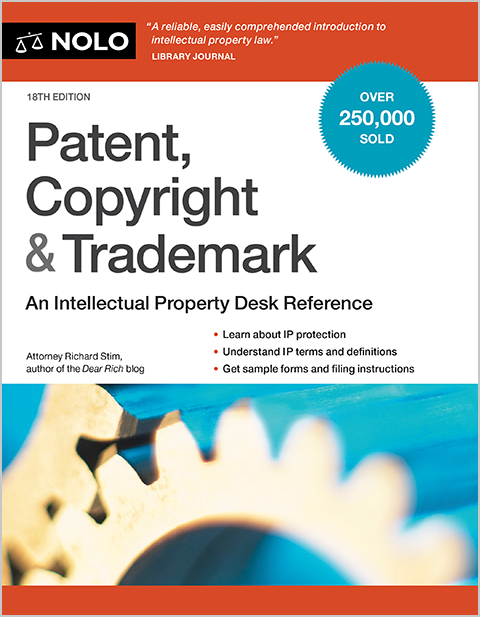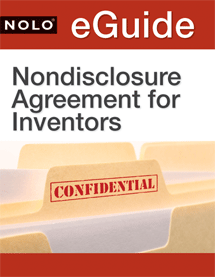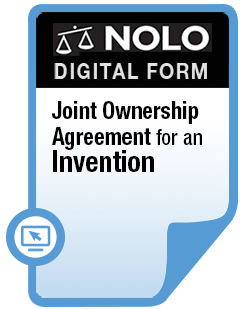What should you do if your trademark is infringed in countries outside of the United States?
Many businesses invest substantial time and money into their branding. This branding includes, of course, a name and logo, as well as the names and logos of any products and services. Consider Apple, which has trademarks not only on its overall name and logo, but also on its various product lines, such as the iPhone, iMac, and MacBook. These trademarks are meant to ensure that competitors cannot confuse consumers by naming their products by the same (or substantially similar) names, and thus ride off of Apple's goodwill.
Needless to say, trademarks are helpful in establishing control of one's brand across the United States. But as markets become increasingly globalized, businesses need to protect their trademarks not just within the borders of the United States, but also around the world. After all, iMacs are sold not only in the U.S., but also in India, Japan, South Africa, and countless other countries. How can Apple ensure that their trademarks are not being infringed globally?
Large companies like Apple, of course, have teams of lawyers around the world to police their intellectual property. But as the owner of a smaller business, how should you react if your company's trademark is being infringed in another country?
What Does a Trademark Protect?
Before delving into international protection and remedies, we must first understand some trademark basics. A trademark is any word, name, or symbol intended to identify and distinguish the goods or services of one seller from those of another. The holder of a trademark can exclude others from using the same mark in the relevant market. When lawyers speak about trademarks, they are typically referring to marks that are formally registered with the U.S. Patent and Trademark Office (USPTO).
Importantly, however, not all trademarks are federally registered. For example, a brewery in Poughkeepsie can call itself "Matthew's Mug," and use an illustration of a man in a top hat as its logo. It can print that name and logo on signage, business cards, and beer bottles, and does not need anyone's permission to do so. Indeed, it can establish so-called "common law" trademark rights. These rights for unregistered marks are generally local in nature. This means that the original Matthew's Mug could file a lawsuit in state court to prevent a competing business from operating within a reasonable distance. A court could enforce these rights as a matter of common law unfair competition without the need for a formal USPTO registration.
Despite the availability of these common law trademark rights, many businesses, especially larger companies that do business across multiple cities, states, or countries, prefer the comfort of a federally registered mark. Marks are typically registered within a specific class of goods. There are many benefits to federal registration.
First, registration allows your business to scare away competitors. Your mark will be listed on the USPTO's register of trademarks, which will come up when others attempt to search for available marks. It will also allow you to use the ® symbol. Between the registration listing and the ®, you are likely to ward off businesses that might try to infringe on your mark, since they will see that you are invested in your legal rights.
Second, it will give your mark the presumption of validity nationwide, rather than just in your local geographic area. This is particularly helpful for businesses that seek to expand, or businesses that sell their goods or services online. It also provides some legal protection if you face a situation of international counterfeit importations, allowing a court to order certain border protections.
Third, registration can make a trademark infringement lawsuit more likely to succeed. Not only does your mark have the presumption of validity (shifting the burden of proof to the defendant in a lawsuit), but you are also entitled to certain damages if you prevail in court.
Fourth, your registered mark can be cross-registered with U.S. Customs and Border Protection, a federal agency that works to prevent the importation of counterfeit goods into the United States.
Do U.S. Trademarks Protect From International Infringement?
Unfortunately, merely registering your trademark with the USPTO will not help you to stop infringement in a foreign country. Trademarks are a fundamentally domestic right, created by domestic statutes and enforced by domestic courts. Thus, the fact that you have an American trademark will not entitle you to sue a French company in a French court for using your company's logo in France.
That said, owners of U.S. trademarks can seek to register their marks abroad. One of the most common ways of doing this is through registration with the countries that have joined the Madrid Protocol, one of the largest treaty schemes governing trademark rights worldwide. There are currently 117 member countries who have agreed to enforce trademark rights across borders.
How does the registration process work? After receiving your domestic trademark through the USPTO, you can file a unified trademark application, known as the "international application," with the International Bureau of the World Property Intellectual Organization (WIPO). Your application will be subject to various fees determined by WIPO. The resulting registration serves as a mechanism for seeking protection in member countries, each of which apply their own domestic laws to determine whether a mark may be protected in their country.
What Should You Do If Your Trademark Is Infringed Internationally?
What can you do if you hear reports that your trademark is being used by a business in a foreign country? You have a few options. First, you should consult with a domestic trademark attorney in your own area. In this day and age, many if not most trademark attorneys will have some level of experience with international trademark enforcement. Before you retain the lawyer, be sure to ask about his or her experience dealing with international infringement (along with client references).
Your American lawyer may suggest a variety of steps, ranging from writing a cease-and-desist letter to the infringing company abroad, to suggesting that you retain a law firm that practices in the country where the infringement is taking place. (Many American law firms, of course, have offices or affiliates abroad that handle precisely these sorts of issues.) Those local lawyers are likely to have a better sense of the local courts and practices.
Before you rush into domestic or foreign litigation, however, use common sense. Infringement of your hard-earned trademark never feels good. But in many cases, the infringement in a foreign country may not actually affect your bottom line in any measurable way. The fact that some entity is using your name or logo halfway around the world might be somewhat irrelevant to your business' success. This is particularly true if the bulk of your customers are local. Do not let ego get in the way of sound business judgment. Litigation, particularly international litigation, is both time-consuming and expensive. Your business might be better served by investing in your products and services rather than trying to squash competitors and pay legal fees.
Importation and Border Protections
International trademark protection means more than suing infringers for infringing in foreign countries. It also means stopping counterfeit products from entering the United States. For many businesses, importation of counterfeits is actually a much more significant threat to their bottom line than the production and sale of goods abroad.
U.S. Customs and Border Protection (CBP), a division of the U.S. Department of Homeland Security, plays a role in monitoring importation into the United States. Holders of valid trademarks can register their marks with the CBP on the Intellectual Property Rights e-Recordation Website. This registration will trigger certain basic enforcement measures by the CBP with the goal of stopping the importation of infringing merchandise using the registered mark. CBP will seize any obviously infringing imports and notify you of the seizure.
There are small registration fees when you register your mark with the CPB. However, the value can be tremendous, particularly if your products are being frequently counterfeited and imported.
That said, CBP registration is hardly a silver bullet for stopping international counterfeiting and importation. First of all, CBP does not check each and every shipment container entering into the country. Second, to state the obvious, CBP will not help you if your trademark relates to a service (rather than a physical imported product). Nevertheless, CBP registration can be a valuable tool in your kit.
Talk to a Lawyer
Need a lawyer? Start here.
How it Works
- Briefly tell us about your case
- Provide your contact information
- Choose attorneys to contact you
- Briefly tell us about your case
- Provide your contact information
- Choose attorneys to contact you



